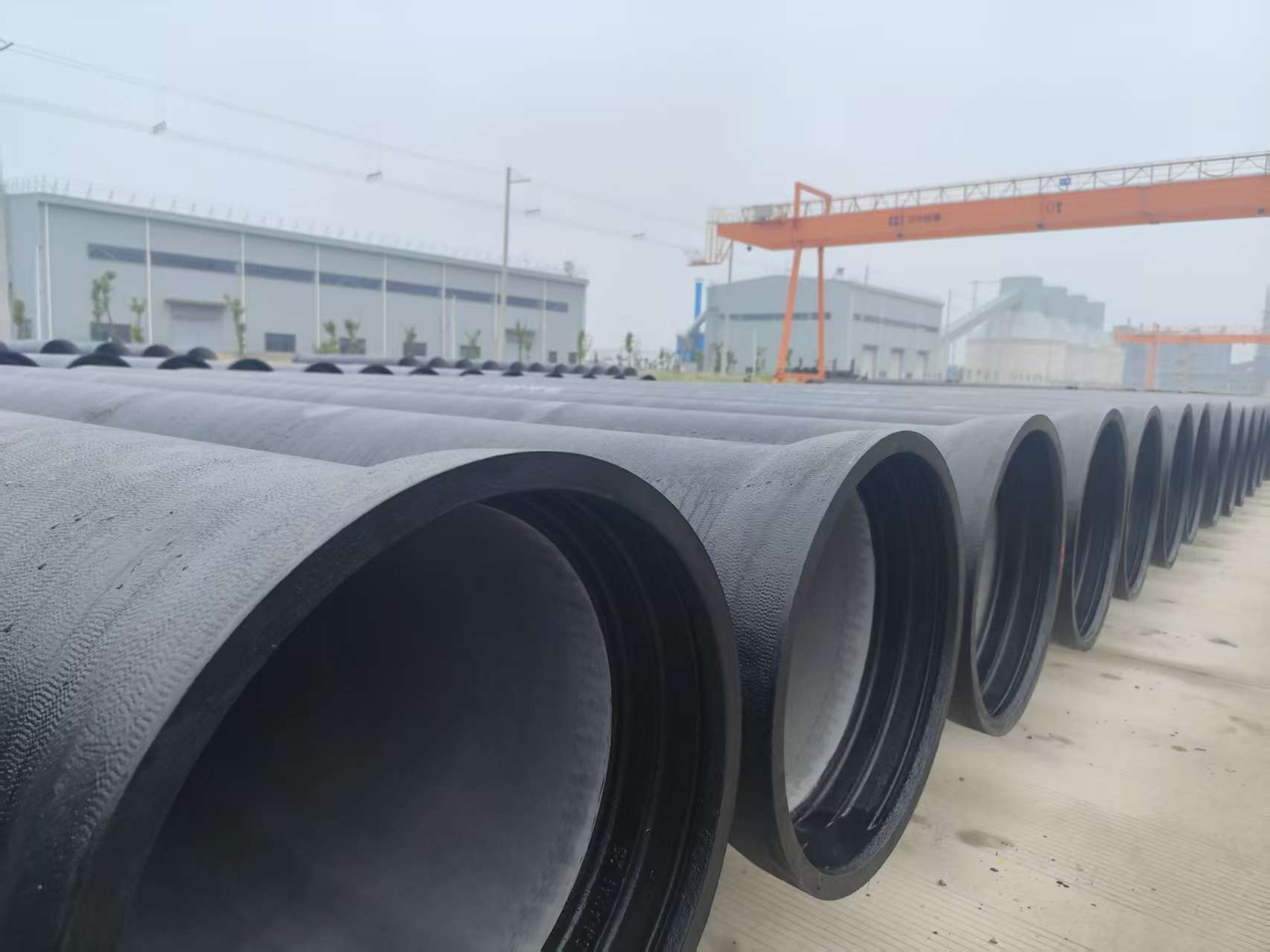Ductile Iron Pipe Price Guide 2025: Technical Standards, Cost Factors & Specifications
2025-11-10 16:54:11 hits:0
1. Introduction
Ductile iron pipes (DI pipes) have become a cornerstone material in municipal water supply industrial pipelines, and high-pressure networks. Their high tensile strength, long service life, and excellent corrosion resistance make them preferable over PVC, HDPE, and traditional steel pipes.
This guide provides a 2025 overview of ductile iron pipe prices, technical standards, cost factors, and practical insights for engineers and procurement managers.

2. Ductile Iron Pipe Types and Technical Standards
DI pipes are classified based on pressure classes and material properties:
K7 Class: Designed for low-pressure residential pipelines. Wall thickness is moderate, suitable for DN80–DN150 diameters.
K9 Class: Standard for city water supply, compatible with DN150–DN300 diameters.
K12 Class: High-pressure industrial and municipal mains, suitable for DN200–DN600 diameters.
Standards:
ISO 2531 – Specifies ductile iron pipes for water and sewage.
EN 545 – European standard for drinking water pipelines.
AWWA C151 – North American standard for ductile iron pipes.
For more details, visit our technical specifications page
3. Price Factors and Cost Breakdown
| Factor | Description |
|---|---|
| Material Cost | Pig iron, alloying elements, and scrap metal prices directly impact pipe cost. |
| Lining & Coating | Cement mortar lining, epoxy, or bitumen coatings improve corrosion resistance and increase cost by 5–15%. |
| Manufacturing & QC | Stricter quality controls for ISO/EN/AWWA standards add production cost. |
| Diameter & Class | Larger diameters and higher classes (K9/K12) require more material. |
| Transportation & Logistics | DI pipes are heavy; shipping and inland transport contribute significantly to the final price. |

4. Technical Comparison: DI Pipes vs Other Materials
| Material | Strength | Lifespan | Cost (USD/m) | Remarks |
|---|---|---|---|---|
| Ductile Iron Pipe | ★★★★★ | 80–100 yrs | $40–$150 | High pressure, corrosion resistant |
| HDPE Pipe | ★★★★☆ | 50 yrs | $25–$90 | Lightweight, flexible |
| PVC Pipe | ★★★☆☆ | 30–50 yrs | $15–$60 | Low pressure applications only |
| Steel Pipe | ★★★★☆ | 60 yrs | $80–$200 | Corrosion-prone, high maintenance |
For detailed product options, check our ductile iron pipe catalog.
5. 2025 Market Trends
Raw material price fluctuations: Pig iron and coke prices continue to rise.
Infrastructure investment: Governments are upgrading urban water systems worldwide.
Higher pressure class demand: K9/K12 adoption is increasing.
Green coatings: Epoxy and zinc-aluminum coatings replace bitumen for sustainability.
6. Buying Tips for Engineers and Procurement Managers
Focus on specifications over unit price.
Verify supplier certifications (ISO 9001 EN 545, WRAS).
Request full quotation including fittings and accessories.
Negotiate FOB/CIF terms to optimize logistics costs.
7. Conclusion
Ductile iron pipes remain the most reliable and cost-effective solution for municipal and industrial water projects. By understanding price factors, technical standards, and market trends, engineers and procurement managers can make informed decisions.
For consultation or quotes, visit Contact Us
8. SAQ (Structured FAQ)
Q1: What is the price range for common DI pipe diameters?
A: DN80–DN150: $25–$40/m, DN150–DN300: $40–$90/m, DN300–DN600: $90–$280/m
Q2: Why is DI pipe more expensive than PVC?
A: Higher tensile strength, longer lifespan, and superior pressure & corrosion resistance
Q3: How to reduce total pipeline procurement cost?
A: Full-container orders, select K9 instead of K12 if allowable, purchase directly from manufacturers

 en
en  fra
fra  de
de  ru
ru  ara
ara  gle
gle  it
it  jp
jp  kor
kor  th
th  zh
zh 


